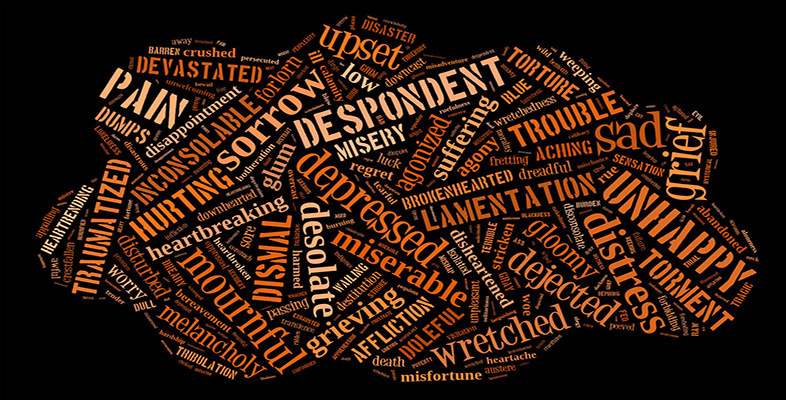2.3 Essential properties and central cases
What should we expect a finished answer to the ‘What is…?’ question to look like? It might be suggested that we should answer this question by identifying a set of features that are shared by all uncontroversial cases of emotion – for example, cases of anger or fear – and that are not shared by psychological occurrences of other kinds – for example, hunger or cowardice. Once we have identified these features, we will be able to refer to them to decide any controversial cases. An account of this kind will not just act as a test: it would make explicit the distinctive character of emotional occurrences.
It is sometimes possible to identify a set of properties that are shared by all the members of a certain category. For example, members of the same chemical kind will share the same chemical constitution: all (pure) samples of aluminium are made up of atoms that contain 13 protons; and no samples of metal that are not aluminium are made up of atoms of this kind. But it is not always possible to find a set of properties that are shared by all the members of a certain kind. For example, a cold is an acute viral infection of the upper respiratory tract, involving a blocked or runny nose, sneezing, sore throat, watery eyes, coughing, headache, and so on. But not all colds are caused by the same virus, and not all colds involve exactly the same set of symptoms. Some particularly nasty colds do involve all the symptoms listed here, but other viral infections will count as colds provided that they involve some of the symptoms mentioned on the list: as a result, two people may count as having a cold, even though their symptoms are different.
This suggests that we cannot take it for granted that it will be possible to find a neat answer to the ‘What is…?’ question. Indeed, it might be suggested that we have very good reasons to suppose that we will not be able to do this. Think about the list of emotions that you made earlier: perhaps it included anger, fear, jealousy, love, disgust, joy and nostalgia. Faced with this apparently motley collection, it might well seem unreasonable to expect to find a set of features that they all have in common. As Amelie Rorty puts it, emotions may not form a ‘natural class’ (Rorty 1980, p. 1).
It need not follow from this that we cannot make progress in answering the ‘What is..?’ question. First, there may be some very broad characteristics that all emotions share. For example, perhaps all emotions are psychological states or occurrences. This in itself does not tell us a great deal; but it does at least tell us something. Moreover, it may be possible to identify a little more precisely what kind of psychological state emotions belong to. For example, perhaps all emotions are desires; or perhaps they are all bodily feelings.
Secondly, there may be some characteristics that are not common to all emotions, but that are shared by some particularly central examples. Compare the example of a cold: arguably, colds characteristically involve a blocked or runny nose. Similarly, it might be suggested that there are certain features that are shared by central cases of emotion.
So, even if, in the end, the ‘What is…?’ question cannot be answered with a single neat formula, this is not to say that it cannot be answered at all. Emotions may belong to some particular category of psychological state; and there may be some specific features that are shared by central cases of emotion. This seems to be enough to justify the attempt to find an illuminating answer to the ‘What is…?’ question.
